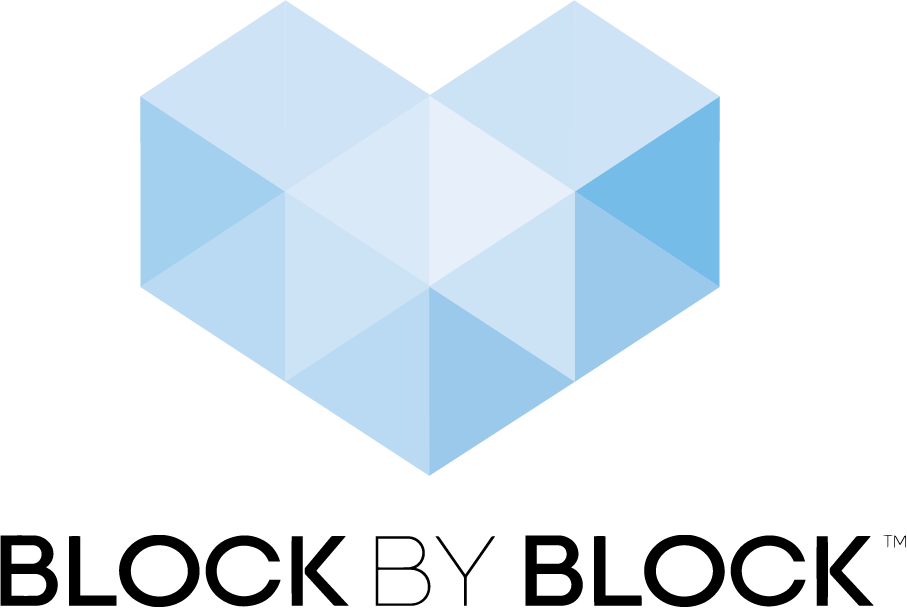Rebuilding the Waterfront in Manakara
Rebuilding the Waterfront in Manakara
In a project that rekindled community pride, 40 participants teamed up to design a recreational area along a beach that had been taken over by traders.
Rebuilding the Waterfront in Manakara
Manakara, Madagascar
Project type: Waterfront park
Collaborators: UN-Habitat, Urban Commune of Manakara
Region: Africa
Tags: cultural heritage, climate change and environmental sustainability, sports and recreation, rapid urbanization, accessibility, transportation and infrastructure, multigenerational use
Background
Perched on the southeast coast of Madagascar, Manakara is home to 37,000 people and all of the region’s major administrative buildings.
Once known as the pearl of the Indian Ocean and celebrated for its tree plantations and beautiful beaches, Manakara has been increasingly threatened by rapid urbanization and climate change, including hurricanes and cyclones that have eroded the coastline. The decline in world coffee prices in the 1980s had a negative effect on the city and eventually led to the closure of the port. The 2009 political crisis further degraded the condition of the city’s public spaces—and its singular heritage as a result.
By 2015, Manakara’s public spaces were poorly maintained and were not accessible to all residents. Enclosed public spaces were dilapidated and abandoned, and many were used for commercial purposes, with informal traders taking over the surrounding sidewalks. The beach was severely eroded, and the streets were covered with potholes.
Rebuilding the Waterfront, Block by Block
Nearly 40 Manakara residents participated in a Block by Block Workshop in July 2016. The workshop was designed to inspire broad participation in revitalizing the city’s public spaces and restoring them to their former glory.
The focus was on creating a “Parkway Manakarois” along the public beach, developing the waterfront into a recreational space that can be enjoyed by everyone. In addition to improving living conditions, the project will help strengthen community members’ social cohesion, sense of belonging to the city, and pride in their unique identity.
“It’s great seeing groups of people sitting around the computer and working together. I think Minecraft’s multiplayer element is fascinating. People come into a game and pick up roles like in real life. There are designers doing the layout, builders, and project managers.”
Progress
Architectural designs based on the ideas generated in the workshop were developed into final plans, and the park—including a garden, play equipment, and beach volleyball courts—was completed by community members in 2017. The new waterfront park functions as a vibrant place for community members to gather, socialize, enjoy recreational activities, and enjoy the natural beauty of their city.
Community members constructing the playground
Credit: Lems Andriamihaja/UN-Habitat
Activating the new park and playground space
Credit: Lems Andriamihaja/UN-Habitat
New garden on the Manakara waterfront
Credit: Lems Andriamihaja/UN-Habitat
Beachfront volleyball courts for all to enjoy
Credit: Lems Andriamihaja/UN-Habitat
“There are many people who are shut out of having a voice in how their public spaces are developed. By and large, cities are designed by middle-aged male politicians who travel everywhere by car. Yet half of the inhabitants in some of these places are youth. More than half are women. Most don’t have vehicles.”






